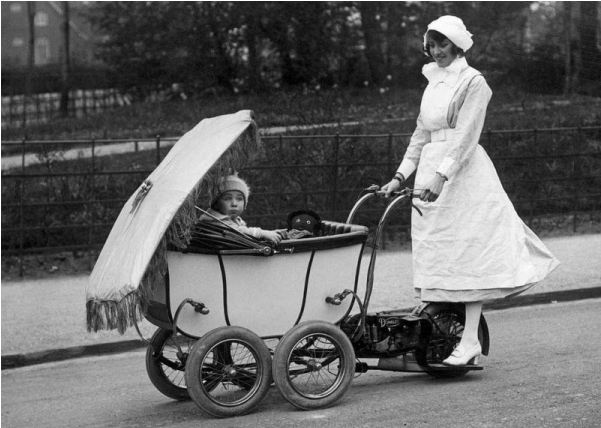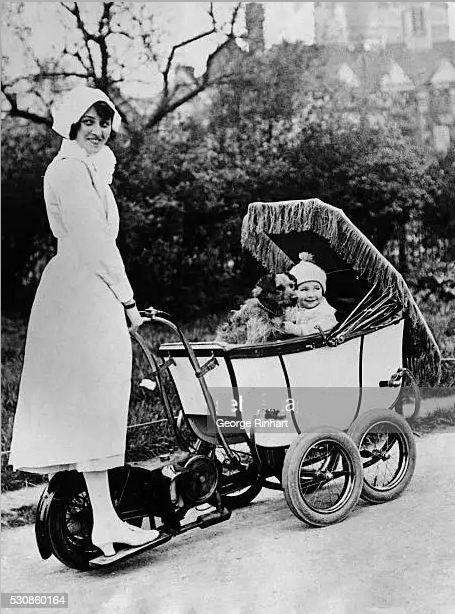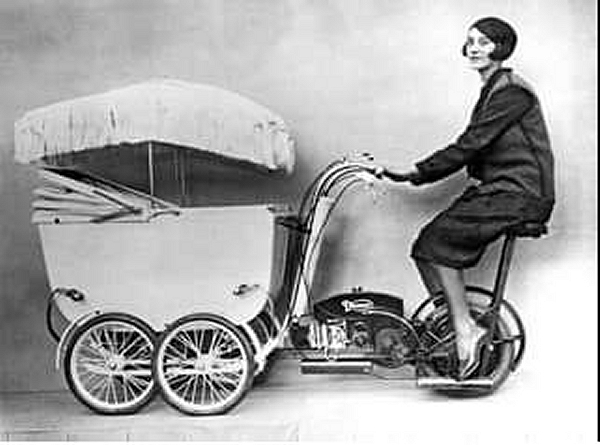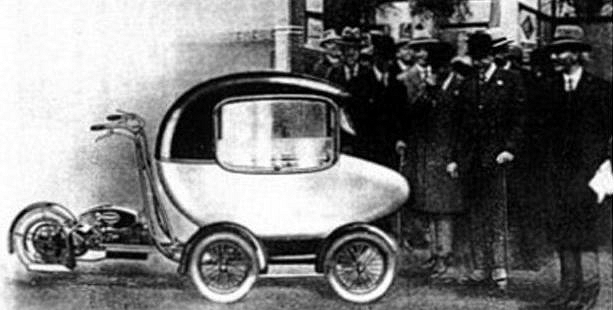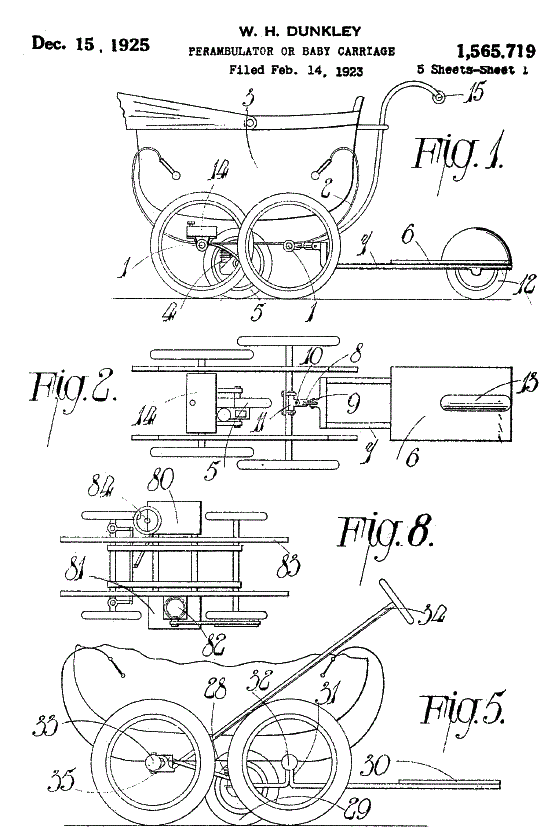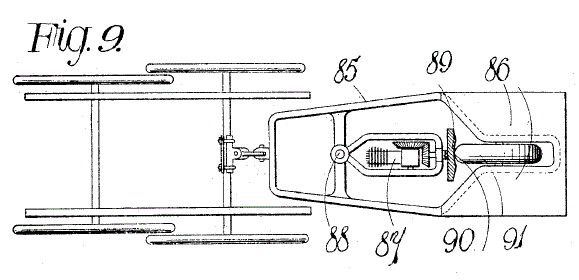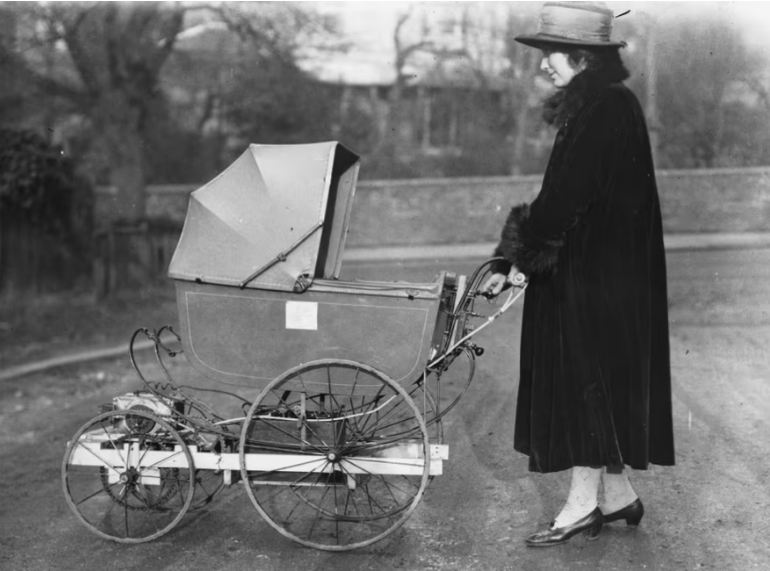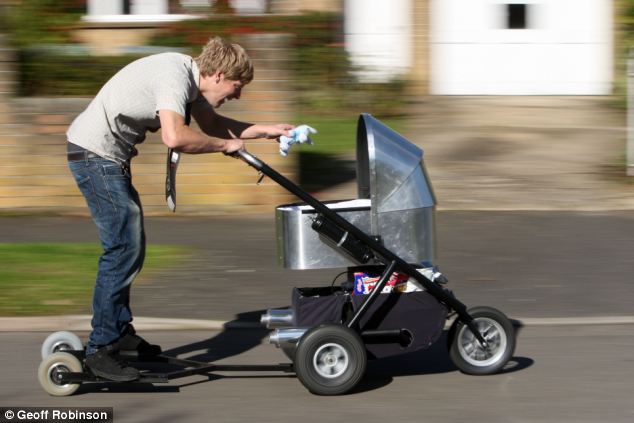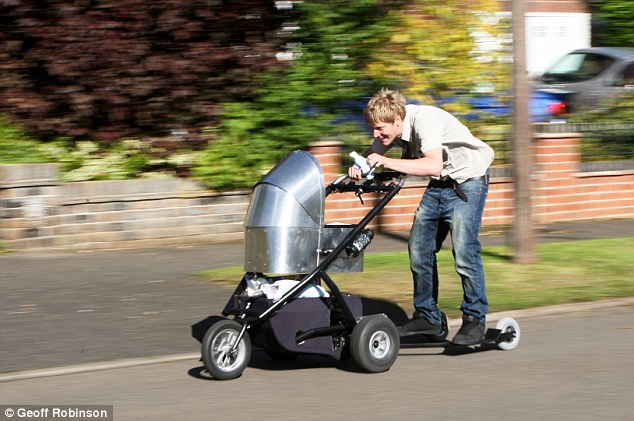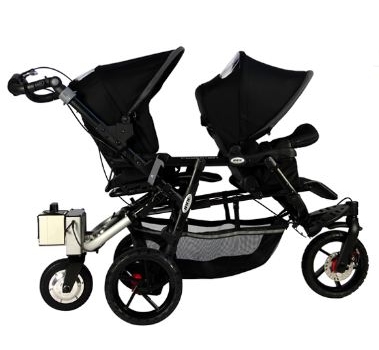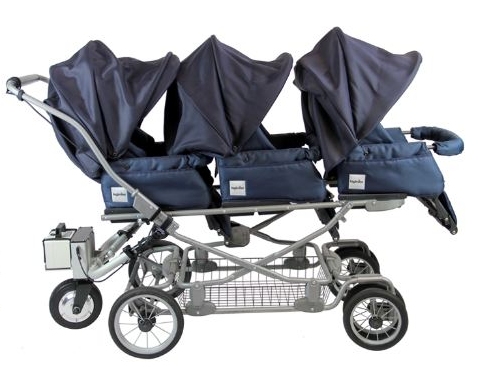Gallery opened 28 Aug 2023
Updated 10 Mar 2024
Dunkley patent drawings added
Index added
CONTENTS OF THIS PAGE
- The Dunkley Pramotor: 1921-23 Updated
- The Mackenzie electric pram: 1921 NEW
- The Colin Furze Megapram: 20?? Updated
- The Electric Kiddyboost: Updated


CONTENTS OF THIS PAGE
- The Dunkley Pramotor: 1921-23 Updated
- The Mackenzie electric pram: 1921 NEW
- The Colin Furze Megapram: 20?? Updated
- The Electric Kiddyboost: Updated
CONTENTS OF THIS PAGE
|



